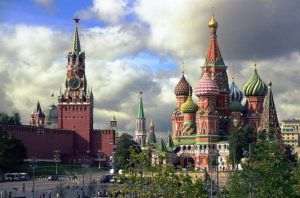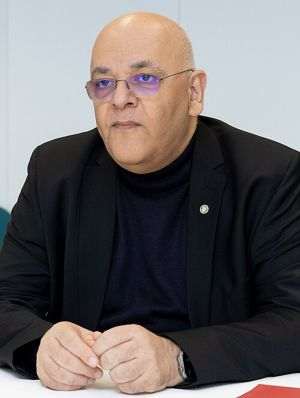1. The following large scale projects, concerning the infrastructure intended to increase the reliability of the supply and transit of the Russian energy resources, have been implemented:
- The "Goluboy Potok" (Blue Stream) gas pipeline (16 billion of cubic meters of gas per year, 2005);
- the first stage of the Baltic pipeline system (65 million tons of oil per year, 2006);
- The gas pipeline (33 billion cubic meters of natural gas a year, 2007);
- the first phase of the "Sever" (North) oil pipeline (8.4 million tons of oil products per year, 2008).
2. The implementation of the new infrastructure projects, intended to diversify the export markets for the Russian energy resources has been launched:
- The "Severniy Potok" (Nord Stream) gas pipeline (55 billion cubic meters of gas per year);
In November 2011, the first gas pipeline of 1,224 km of Nord Stream became operational through the Baltic Sea and was hailed by the political and business leaders as a significant contribution to the energy security of Europe. The pipeline goes through the waters of Russia, Finland, Sweden, Denmark and Germany. When they become fully operational at the end of 2012, the two lines of Nord Stream will have the ability to transport 55 billion cubic meters of Russian natural gas per year to the EU for at least 50 years. The shareholders of Nord Stream comprise Gazprom, BASF/Wintershall, E.ON Ruhrgas, Nederlandse Gasunie and GDF SUEZ.
- "Unecia - Primorsk", a pipeline which will go around Belarus, with a projected capacity of 50 million tons, which will be managed by "Transneft".
In March, Vladimir Putin inaugurated the second segment of the oil pipeline system to the Baltic Sea (BTS), which was meant to diminish the dependency on Belarus and Ukraine, as transit countries towards Europe. The oil pipeline, with a pipeline of 1,000 kilometers and an initial capacity of up to 30 million tons a year, it ties the town of Unecia (of the Bryansk region, on the border between Russia and Ukraine) with Ust-Luga (the region Sankt-Petersburg of North-West), from where the oil is loaded to be exported. The project should allow Russia to go around transit countries such as Ukraine and Belarus, with whom it had frequent disagreements over the last few years, which resulted in several temporary interruptions of the deliveries of Russian hydrocarbons to Europe.
The first part of BTS, which brings to the Baltic Sea oil coming from the North of Western Siberia, has been operational since the end of 2001.
- The Eastern Siberia - Pacific Ocean pipeline (80 million tons of oil per year).
3. Agreements have been signed for the construction of the gas pipeline "Yuzhniy Potok" (South Stream) - 30 billion cubic meters of natural gas per year, the "Pre-Caspian" gas pipeline (20 billion cubic meters of natural gas per year) and the Burgas - Alexandropoulis oil pipeline (35 million tons of oil per year).
- "South Stream" is set to transport Russian natural gas towards Europe, crossing the Black Sea. The project is competing with the "Nabucco" European pipeline. In January 2012, Turkey granted the authorization for the South Stream pipeline, which allows the completion of the project on time -before the end of 2015. The goal of the South Stream project is the diversification of the routes used for the export of Russia's natural gas. The pipeline goes under the Black Sea towards Southern and Central Europe and has an offshore section of 900 km. In order to provide the necessary quantity of gas for South Stream, the capacities of the gas transport system will be expanded, with the additions of 2,300 km of line pipelines and ten stations of compressors, with a total capacity of 1,473 MW. The shareholders of the South Stream project include Gazprom (50%), ENI of Italy (20%), Wintershall Holding of Germany (15%) and EDF of France (15%).
• Other transport routes
- "Sheyba - Abkayk", an oil pipeline located in Saudi Arabia, which will be run by "GAZPROM", through the construction division of "Stroytransgaz";
- "Sudja - Korenevo - Gluskovo", the gas pipeline which will supply the Kursk region, by going around the territory of Ukraine;
- "Yamal - Europe 2" (gas pipeline proposed by Belarus, as its route will go around Ukraine);
• China proposes a Russia-South Korea gas pipeline, via China
Beijing has proposed the construction of a underground pipeline which would carry Russian gas to South Korea via China, with the other option involving North Korea (The Popular Democratic Republic of Korea).
The transport of Russian gas through a pipeline which will connect the Weihai port, in the province of Shandong, to South Korea represents a far more stable solution than the North Korean option", said the president of Chinese company China National Petroleum Corp., Jiang Jiemin.
The Chinese proposal concerns the extension up to Weihai, via Beijing, of the already existing pipeline which connects the gas exploitations of Syberia and the Chinese-Russian border.

















































